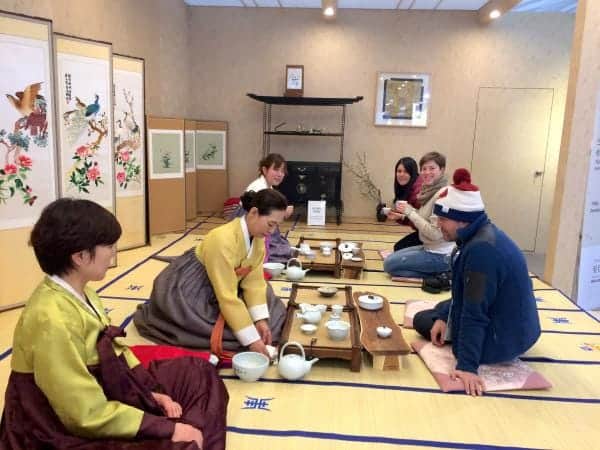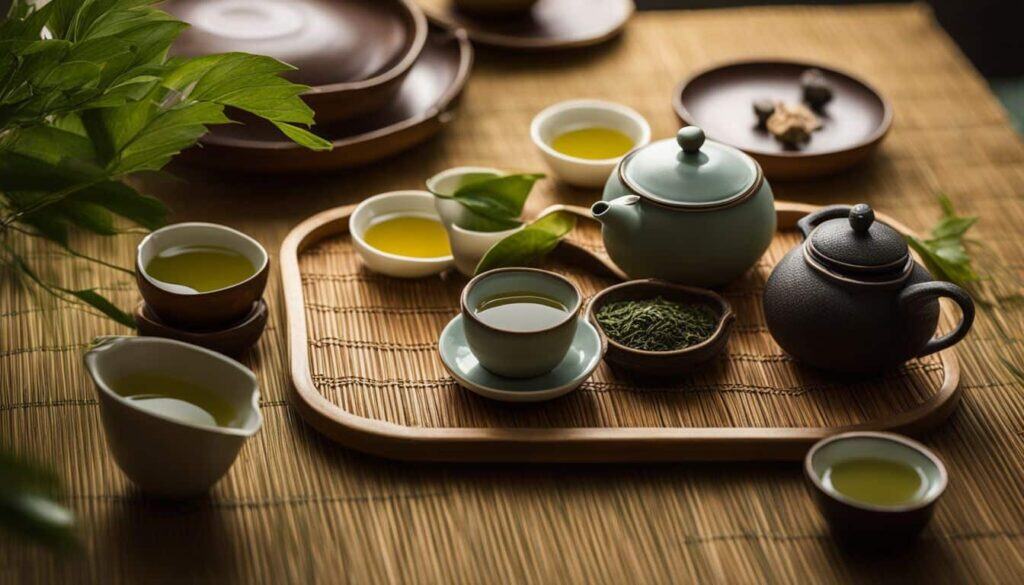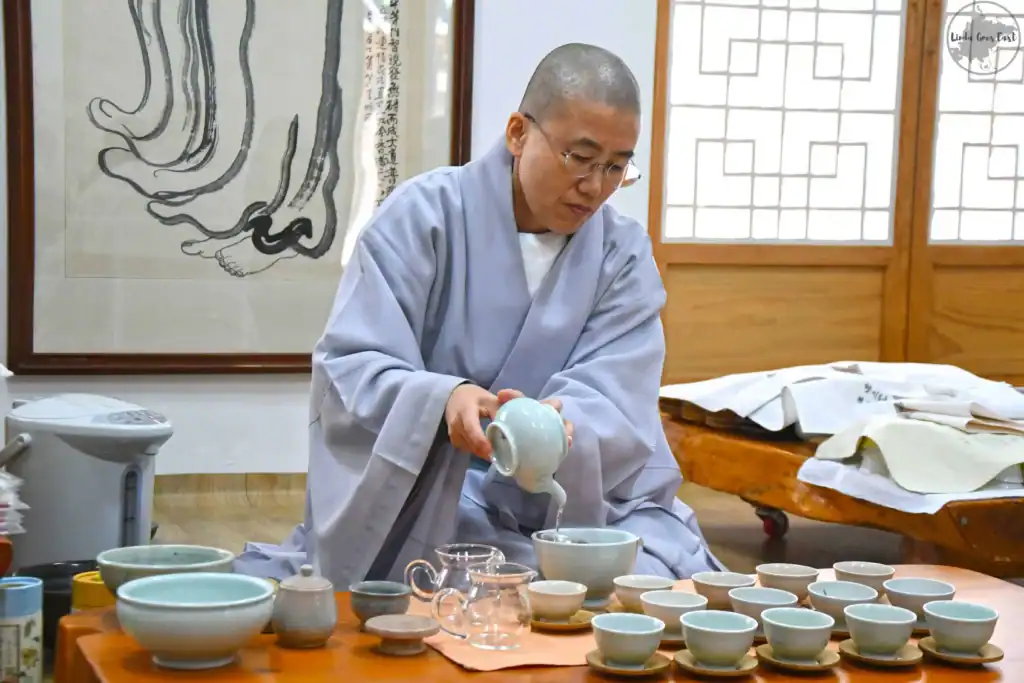What if a simple cup of tea could slow down the world?
In an era where efficiency, speed, and continuous connection are highly valued, the Korean tea ritual prioritizes silence instead.

In Korea, tea often becomes a ceremony of silence, grace, and contemplation. There’s a quiet magic around it, almost like you’re stepping into a softer world when you sit down for tea. Instead of the chaos of your average coffee rush, Korean tea culture—called Darye—feels like an invitation to slow down and truly exist in the moment.
It’s not about showing off with expensive teapots or memorizing a bunch of stiff rules. Darye is about respect and paying attention. It turns the simple act of sipping tea into something spiritual. A ceremony that honors nature and bonds people together. In a world that never sits still, Darye is like a reminder to hit pause.
In this article, we’ll wander through the elements of Darye. We will not only learn how the tea is poured but also understand why it matters.
Darye
Darye simply means “tea etiquette” or “tea rite,” but honestly, it’s way deeper than that. It wraps up values such as respect, mindfulness, and harmony into something as simple as pouring a cup of tea.

In Darye, the quiet moments between sips often say more than words. Small gestures—arranging the cups, pouring the water—are done with clear intention and care.
You don’t need to go all out or spend a lot to do Darye. It’s about keeping things simple. It is all about a few necessary tools, a good tea, and a relaxed spot.
Here is the list of the utensils and teas commonly used during the ceremony.
Utensils for the ceremony-
- A teapot (usually porcelain or ceramic one)
- A few small teacups
- A bowl for discarded rinse water
- Tongs to avoid burning your fingers
- A tea scoop and a caddy for storing and serving the leaves
Teas used during the ceremony
- Green tea, known as nokcha in Korean (most commonly used)
- Five-flavoured berry tea known as Omija-cha
- Yulmucha (good for health)
The ceremony is all about natural touches. The setup includes wooden tables, ceramic cups, and natural soft lighting. These elements help in creating a relaxing environment. If you can set up the ceremony near a window having a garden view, then it’s even better.

Steps performed in the ceremony –
- The first step is collecting equipment and ensuring everything is clean. This step helps in setting the tone of the entire experience. The main focus is basically creating a calm environment.
- After setting the environment, it’s time to warm the teapot. Warming helps in maintaining the tea at the right temperature throughout the brewing process. It also leads to proper steeping of tea leaves to get a rich flavor of the tea.
- Put the tea leaves into the warmed teapot. Ensure to first measure the tea leaves using a scoop to get a delightful experience. After measuring, it’s time for the brewing. For brewing, you need to add warm water to the teapot to get a nice flavor and developed aroma of the tea.
- Now comes the pouring. Tea is poured in the circular motion ensuring each cup has an equal amount of tea. Pouring in this manner reflects the mindfulness of the host and respect towards the guests.
- Put all the cups on a serving tray. Serving starts from the eldest guest, by using both hands to show respect.
- Now, finally comes the drinking of the tea. This is the time when you connect with people. It makes you appreciate the simple act of sharing the tea.
- You must clean the area and utensils after the ceremony ends. This ensures that the utensils are prepared for future ceremonies. This step shows respect for the tradition.
Tea Ceremony in Modern Korea

Darye is experiencing something of a renaissance in contemporary Korea. In cities like Seoul, many tea rooms are opening. These rooms are allowing people to experience tea ceremonies combined with other activities such as calligraphy, flower arranging, and simple meditation exercises.
Also, a number of temple stay programs are being launched that allow visitors to experience Darye as a regular aspect of monastic life.
The tea ceremony is doing great. These ceremonies help people find peace when life gets crazy. By mixing old ways with modern living, right now, it’s all about living on purpose, taking care of yourself, and enjoying what’s happening now.
Conclusion
The Korean tea ceremony is more than a cultural tradition. It is a way to connect with each other. It represents a philosophy steeped in mindfulness and respect for the nature. From its ancient origins to its modern revival, Darye continues to bridge the past and present. Reminding us that peace often begins with the smallest gestures. If you visit Korea, consider seeking out a Darye ceremony. You will get a chance to experience a deep connection with yourself and others.
Written by – Aparna Sharma
About the Author –
Aparna has a deep curiosity for languages and global cultures. She enjoys diving into stories that offer fresh perspectives and meaningful connections. For her, writing is a way to process ideas and connect with others who share similar interests.
